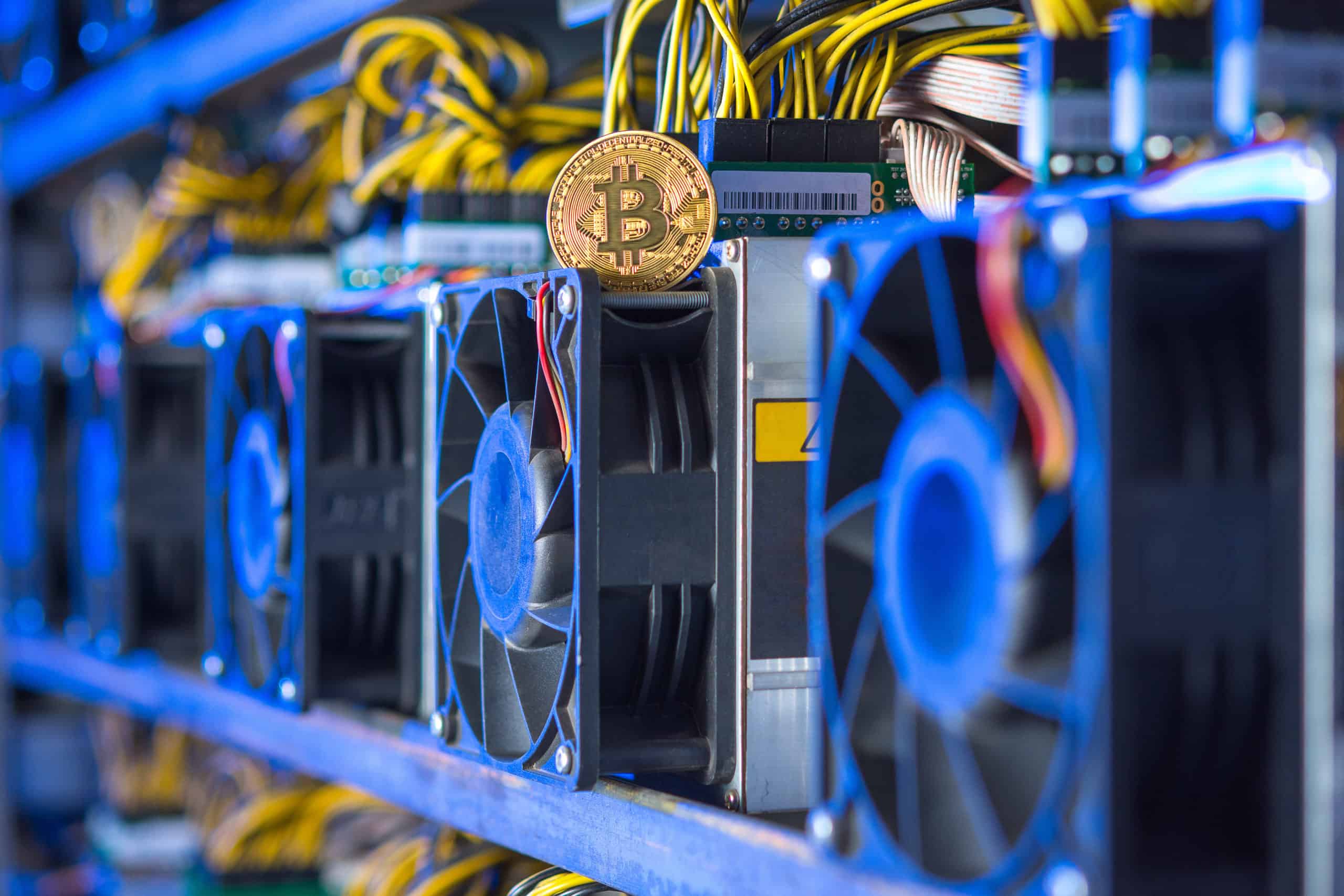Last Updated:
Nov 10, 2025
How cryptocurrency mining works: A step-by-step guide From equipment to transaction confirmation
Last Updated:
Nov 10, 2025

Author
Share this article
Mining is the foundation of most cryptocurrencies like Bitcoin, Ethereum (before its transition to Proof of Stake), and many others. Mining ensures network security, verifies and confirms transactions, and introduces new coins into circulation. But how does this process actually work? What steps does it include, what equipment is needed, and why is mining so important for decentralized systems? In this article, we will explain each step of mining in detail so you can understand and appreciate this complex but fascinating process.
Cryptocurrency mining is the process of transaction verification
Mining is the process by which transactions on a blockchain are verified and added to a new block in the chain. Miners use the computing power of their devices to solve complex mathematical problems. Solving these problems ensures that transactions are valid and prevents double spending of coins.
As a reward, miners receive new coins and transaction fees included in the block.
Choosing and preparing mining equipment is crucial
Mining requires a powerful computer capable of performing intensive calculations. The main types of equipment are:
● CPU (Central Processing Unit) — mining was once done on CPUs, but today they are too weak for most cryptocurrencies.
● GPU (Graphics Processing Unit) — more powerful and popular for mining, especially Ethereum (before the PoS transition). GPUs are well-suited for parallel calculations.
● ASIC (Application-Specific Integrated Circuit) — specialized devices designed exclusively for mining specific cryptocurrencies, like Bitcoin. ASICs offer high speed and energy efficiency but are expensive and less versatile.
Installing mining software enables the mining process
Mining is impossible without specialized software. Some popular programs include:
● CGMiner
● BFGMiner
● EasyMiner
● NiceHash (allows mining multiple cryptocurrencies and automatically switches to the most profitable one)
Each cryptocurrency has its own software and settings. After installation, you need to connect to a mining pool or mine solo.
Joining a mining pool or mining solo determines your strategy
● Solo mining — a miner tries to find a block independently and earn the full reward. This method is rare because chances are low due to high competition.
● Mining pools — groups of miners combine their efforts to solve problems together and share rewards. This is the most popular method, enabling even small miners to earn steady income.
Solving the cryptographic puzzle requires massive computing power
Miners compete to find a hash (unique code) that meets the network’s difficulty requirements. Difficulty adjusts regularly to maintain a constant block time (about 10 minutes for Bitcoin).
Miners change the nonce value and repeatedly hash the block data until they find a valid hash. This process requires enormous computing power since solutions are found by trial and error.
Confirming and adding blocks secures the blockchain
When a miner finds a valid hash, they broadcast the block to the network. Other nodes verify the solution. If it is correct, the block is added to the chain and the miner receives the reward.
This process repeats continuously, ensuring network security and continuity.
Mining profitability depends on multiple factors
Mining profitability depends on many factors: cryptocurrency price, network difficulty, equipment efficiency, and electricity cost. For example, a powerful ASIC miner for Bitcoin can earn from hundreds to thousands of dollars per month—assuming affordable electricity and stable operation.
In general, profitability is directly related to the device’s hash rate and the current coin price. However, cryptocurrency prices fluctuate significantly, affecting earnings.
Electricity costs are a major mining expense
Mining is energy-intensive. Electricity is a major expense. For example, a powerful ASIC miner consumes 1 to 3 kilowatts per hour. In regions with high electricity prices, mining may become unprofitable.
Therefore, many miners operate in countries with cheap electricity (China, Iceland, Russia, Kazakhstan) or use renewable energy sources.
ASIC miners provide high efficiency and speed
ASICs are specialized chips designed to maximize efficiency for a specific algorithm (e.g., SHA-256 for Bitcoin). Their advantages are high processing speed and energy efficiency, giving them a significant edge over GPUs or CPUs.
However, ASICs:
● Are not suitable for mining other cryptocurrencies — they are specialized.
● Are expensive — new models can cost several thousand dollars.
● Become obsolete quickly — newer models offer better performance.
● Require reliable cooling and stable power supply.
Mining plays a vital role in blockchain security and decentralization
● Network security. Miners protect the blockchain from fraud and attacks.
● Decentralization. Mining enables the network to operate without centralized control.
● Coin issuance. In proof-of-work systems, mining is the only way new coins enter circulation.
Current trends show mining facing change and challenges
● Transition to proof of stake (PoS). Many cryptocurrencies, including Ethereum, are moving from mining to PoS, where validators are chosen based on stake.
● Growing energy consumption. Mining requires vast amounts of electricity, raising environmental and economic concerns.
● Development of alternative consensus mechanisms. New methods promise greater energy efficiency.
Conclusion: Mining remains a key pillar of cryptocurrency networks
Cryptocurrency mining is a complex, energy-intensive but crucial process that ensures blockchain security and decentralization. Choosing the right equipment, accounting for electricity costs, and joining mining pools are key steps toward stable earnings. Despite challenges, mining remains a vital part of the crypto industry and will continue evolving alongside technology.
Author
Share this article
